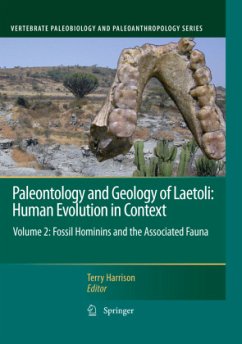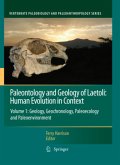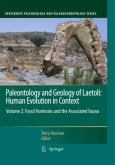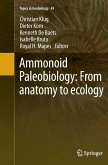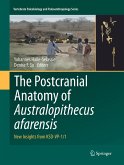This volume 2 and its companion volume 1 present the results of new investigations into the geology, paleontology and paleoecology of the early hominin site of Laetoli in northern Tanzania. The site is one of the most important paleontological and paleoanthropological sites in Africa, worldrenowned for the discovery of fossils of the early hominin Australopithecus afarensis, as well as remarkable trails of its footprints. The first volume provides new evidence on the geology, geochronology, ecology, ecomorphology and taphonomy of the site. The second volume describes newly discovered fossil hominins from Laetoli, belonging to Australopithecus afarensis and Paranthropus aethiopicus, and presents detailed information on the systematics and paleobiology of the diverse associated fauna. Together, these contributions provide one of the most comprehensive accounts of a fossil hominin site, and they offer important new insights into the early stages of human evolution and its context.
From the reviews:
"Harrison has compiled a large number of generally impressive reports stemming from this renewed work at Laetoli into a handsome two-volume set. ... Volume 2 entails 22 chapters that present the variety of animals found with the hominins. ... Harrison is to be congratulated for having assembled an extraordinary team of research collaborators to investigate (or reinvestigate) it to its full extent. ... It will be an indispensible resource for students of African Neogene paleontology, geology, and (especially) paleoanthropology." (Frederick E. Grine, The Quarterly Review of Biology, Vol. 87, March, 2012)
"Harrison has compiled a large number of generally impressive reports stemming from this renewed work at Laetoli into a handsome two-volume set. ... Volume 2 entails 22 chapters that present the variety of animals found with the hominins. ... Harrison is to be congratulated for having assembled an extraordinary team of research collaborators to investigate (or reinvestigate) it to its full extent. ... It will be an indispensible resource for students of African Neogene paleontology, geology, and (especially) paleoanthropology." (Frederick E. Grine, The Quarterly Review of Biology, Vol. 87, March, 2012)

